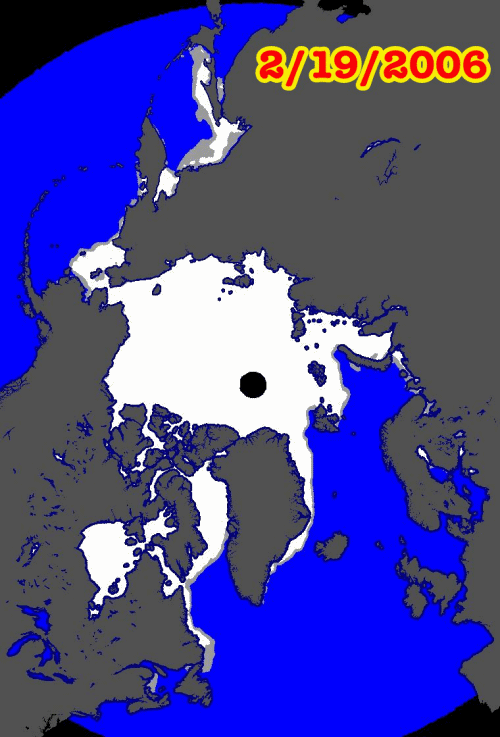They have an array of microbolometers
Most of them don't use such technology.
Thermographic camera - Wikipedia
---
Uncooled detectors are mostly based on
pyroelectric and
ferroelectric materials or
microbolometer technology.
---
See the word "or" there? That means IR cameras exist that use pyroelectric and ferroelecric materials, which do not use temperature.
Therefore, your theory is demonstrably crap.
You are beyond stupid hairball...do you know that?
Here, from your thermographic camera link at wiki..
Uncooled thermal cameras use a sensor operating at ambient temperature, or a sensor stabilized at a temperature close to ambient using small temperature control elements. Modern uncooled detectors all use sensors that work by the change of
resistance,
voltage or
current when heated by infrared radiation. These changes are then measured and compared to the values at the operating temperature of the sensor.
Are you not able to read even easy words and grasp what they mean? It says right there...using small TEMPERATURE CONTROL ELEMENTS" i.e. thermopiles...modern uncooled detectors WORK BY THE CHANGE OF RESISTANCE, VOLTAGE, OR CURRENT, when heated by infrared radiation...that also means that when they are cooling due to the fact that the source is cooler than the camera itself...The thermopiles change temperature, and the rate and amount of change is then converted into voltage which is then interpreted into a picture via software...
Here is a pyroelectric sensor...it is a thermopile...it operates based on temperature changes, both positive and negative...
Here, from the Handbook of Modern Sensors: Physics, Designs, and Applications; Jacob Fraden.... The passage below is on page 307, section 7.8...the page is visible through google books.
Handbook of Modern Sensors said:
Note that infrared flux which is focused by the lens on the surface of the sensing element is inversely proportional to the squared distance (L) from the object and direction proportional to the areas of the lens and object. For a multifaceted lens, the lens area a relates only to a single facet and not to the total lens area.
If the object is warmer than the sensor, the flux (phi), is positive. If the object is cooler, the flux becomes negative, meaning it changes its direction: the heat goes from the sensor to the object. This may happen when a person walks into a warm room from the cold outside. Surface of her clothing will be cooler than the sensor and thus the flux becomes negative. In the following discussion, we will consider that the object is warmer than the sensor and the flux is positive
Ferroelectric sensors work on the same principle but may be incorporated into a film which effectively increases the number of sensors in the array....the operation is still the same..postive flux when the source is warmer than the film...negative flux when the source is cooler...that is to say...once again...when the object is warmer, the energy is moving from the object to the sensor...when the object is cooler, the energy moves from the sensor to the object. The fact that there can be more sensors in the array due to them being in the form of a film, a more resolved image is possible.
So once again hairball, you are dead wrong...energy does not move from cool to warm and uncooled IR cameras register the cooling of the sensor and produce an image when they are pointed at objects that are cooler than the camera...as I have been telling you for quite some time now...
One can only wonder how long before you forget that you have been given proof that you are wrong in the form of a respected text on the topic and repeat the same old lie again and again, that the sensors are receiving energy from the cooler object..



